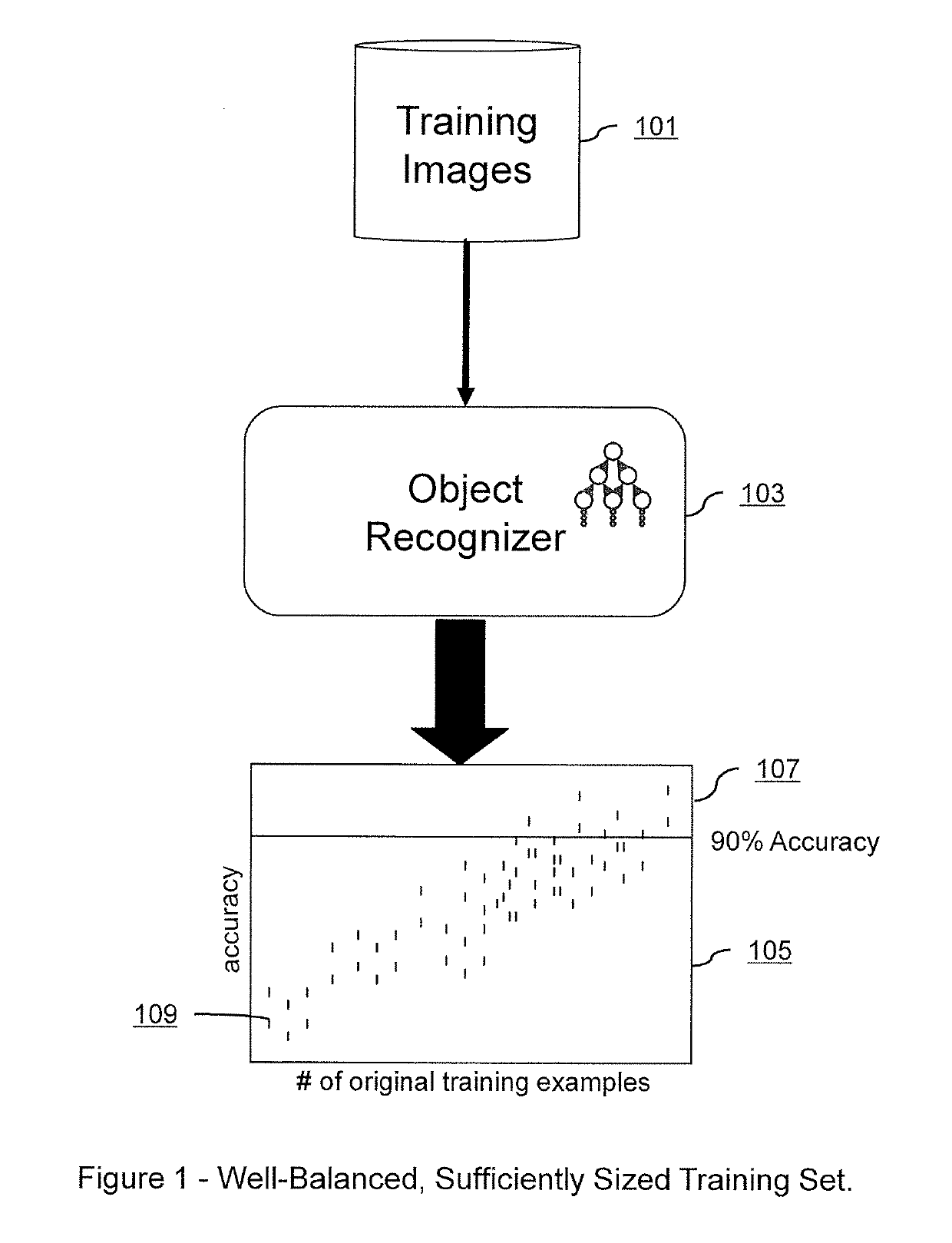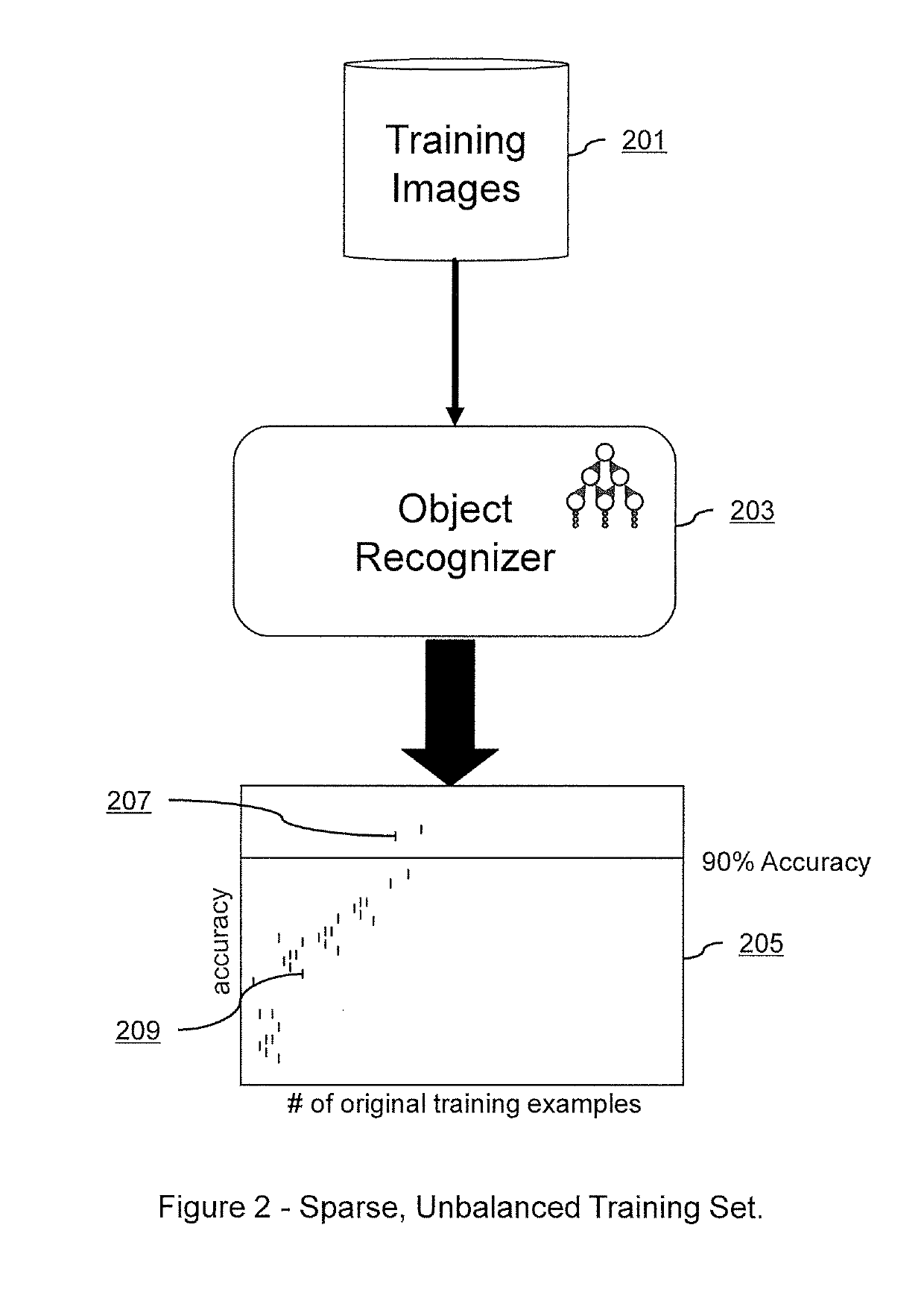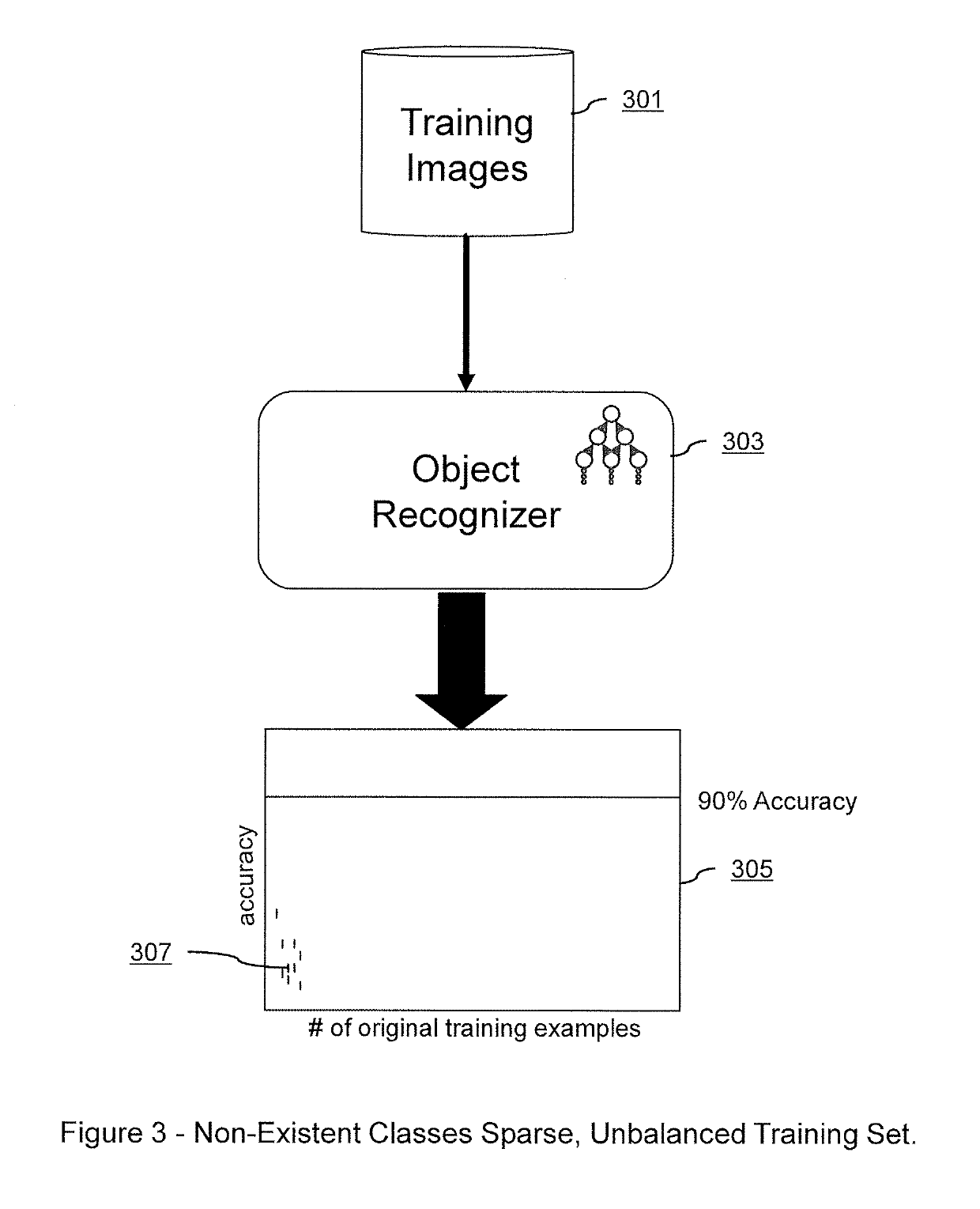Systems and methods for deep model translation generation
a deep model and system technology, applied in the field of systems and methods for deep model translation generation, can solve the problems of inability to adequately train a machine learning system, inability to adequately classify fish, and inability to collect sufficient number and/or variation of high-quality real-world training examples, so as to reduce the cost of data acquisition and improve training
- Summary
- Abstract
- Description
- Claims
- Application Information
AI Technical Summary
Benefits of technology
Problems solved by technology
Method used
Image
Examples
Embodiment Construction
[0084]Embodiments of the present invention will be described with reference to the accompanying drawings, wherein like parts are designated by like reference numerals throughout, and wherein the leftmost digit of each reference number refers to the drawing number of the figure in which the referenced part first appears.
Overview
[0085]One goal of Deep Image Model Translation Generation (“DMTG”) is to improve the training of a machine learning system by generating a large volume of synthetic training images using deep image translation and / or deep image generation techniques, where the process of obtaining training images from real-world sources would be difficult and / or costly. Embodiments of the invention address three main problems: (1) lack of usable data to sufficiently train an object recognizer, thereby producing lower accuracies when using the object recognizer to detect objects; (2) certain classes of objects may not be sufficiently represented in the training data set, which ...
PUM
 Login to View More
Login to View More Abstract
Description
Claims
Application Information
 Login to View More
Login to View More - R&D
- Intellectual Property
- Life Sciences
- Materials
- Tech Scout
- Unparalleled Data Quality
- Higher Quality Content
- 60% Fewer Hallucinations
Browse by: Latest US Patents, China's latest patents, Technical Efficacy Thesaurus, Application Domain, Technology Topic, Popular Technical Reports.
© 2025 PatSnap. All rights reserved.Legal|Privacy policy|Modern Slavery Act Transparency Statement|Sitemap|About US| Contact US: help@patsnap.com



